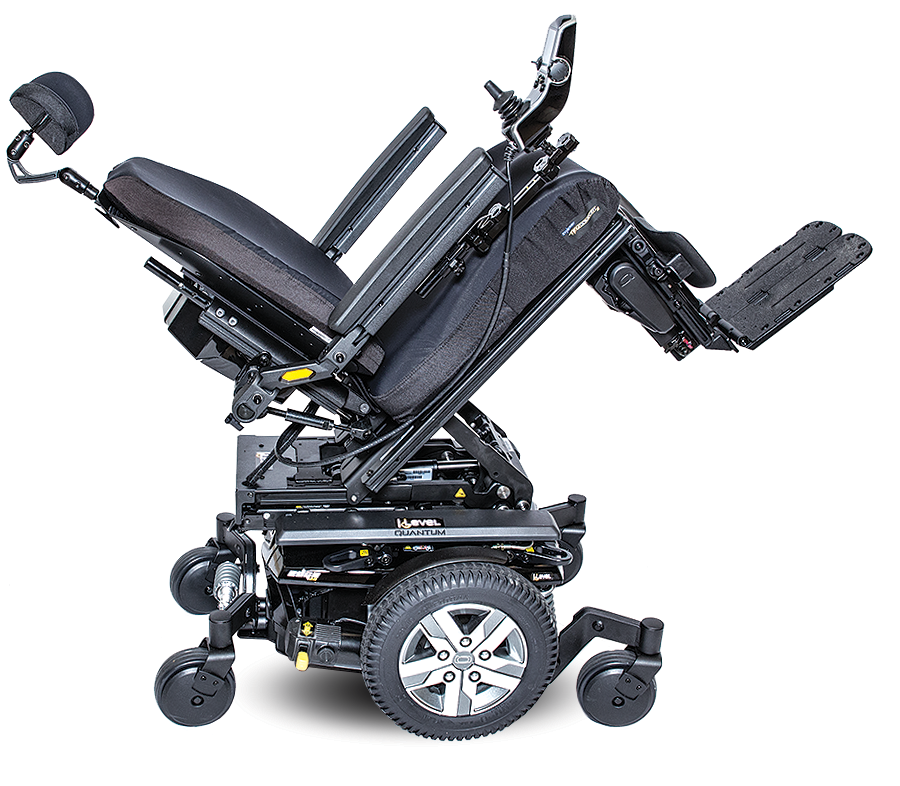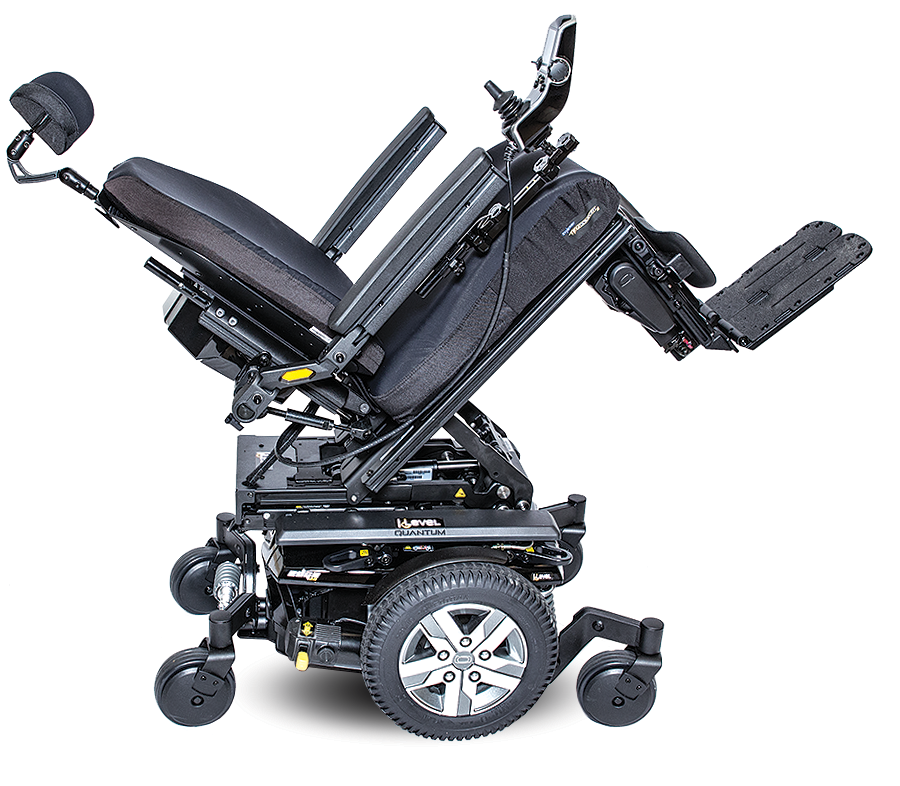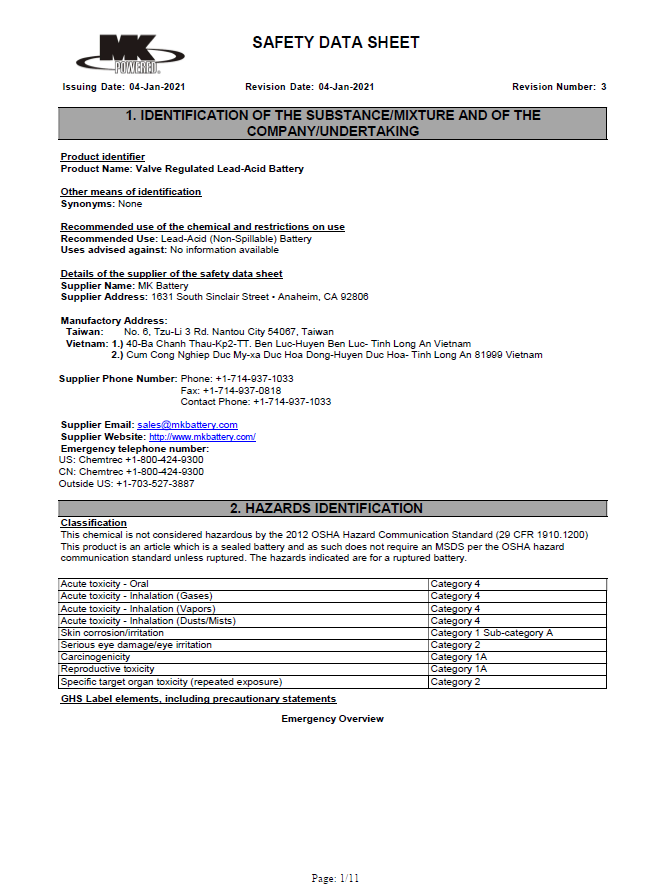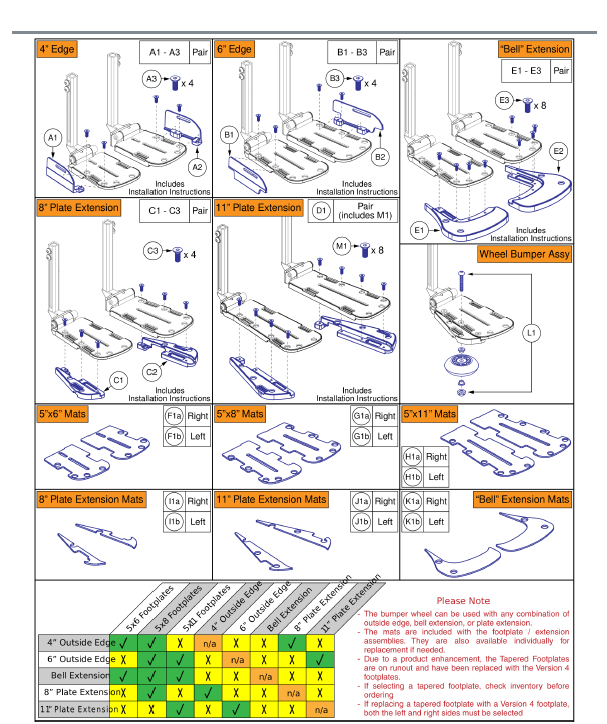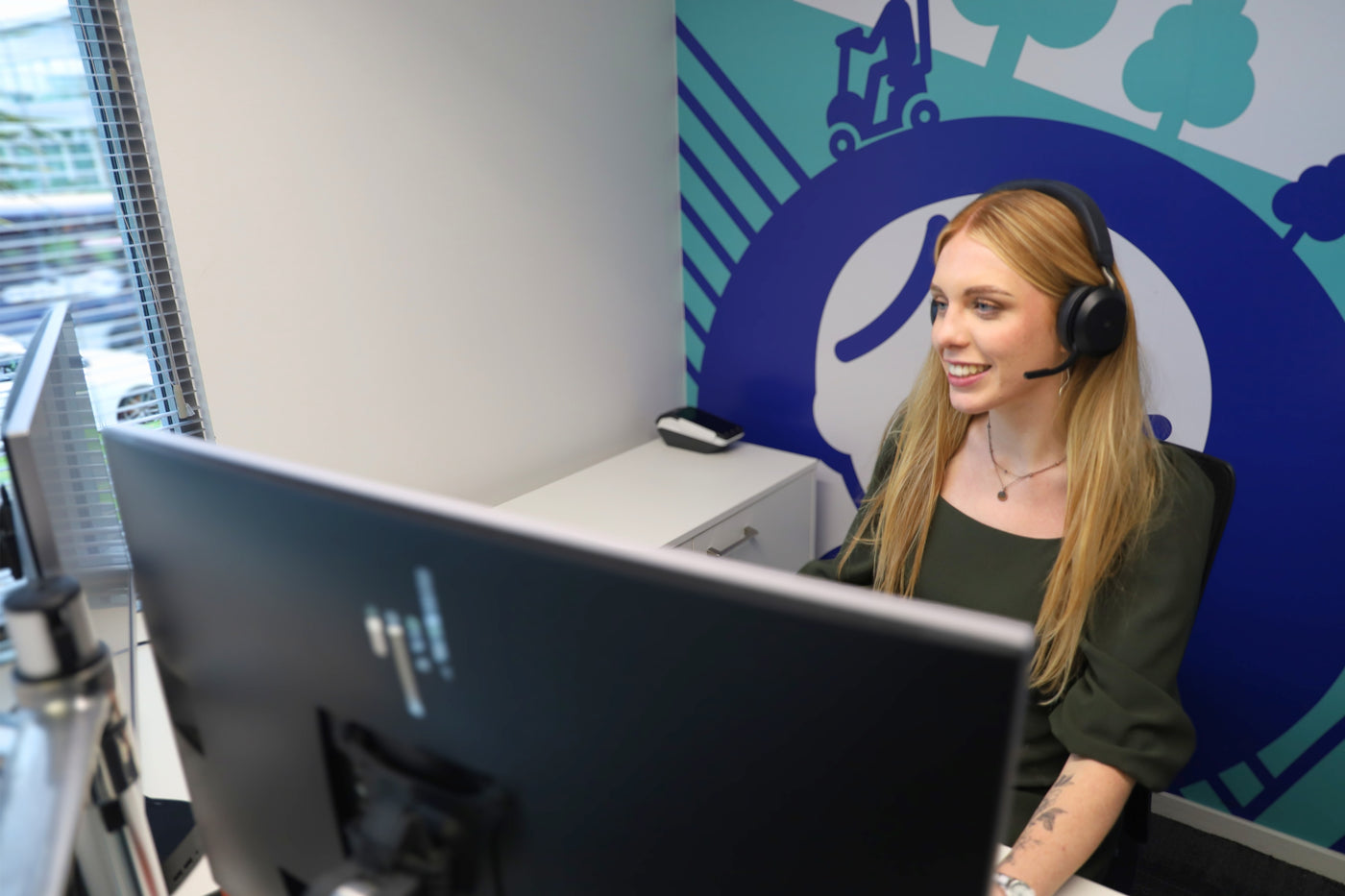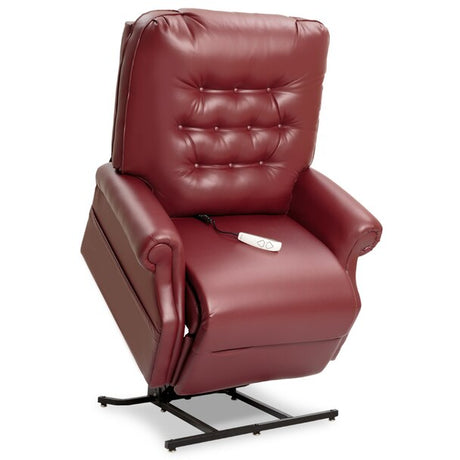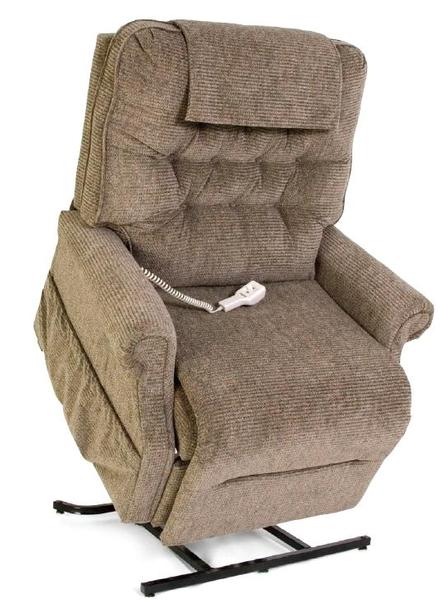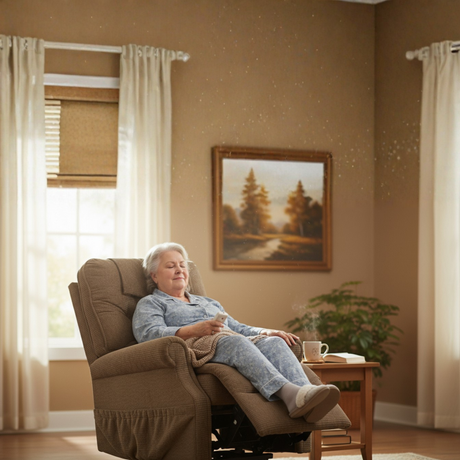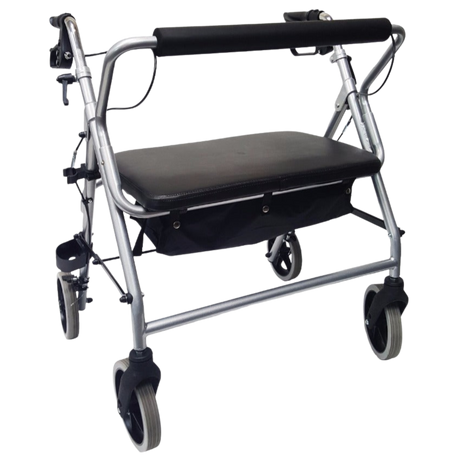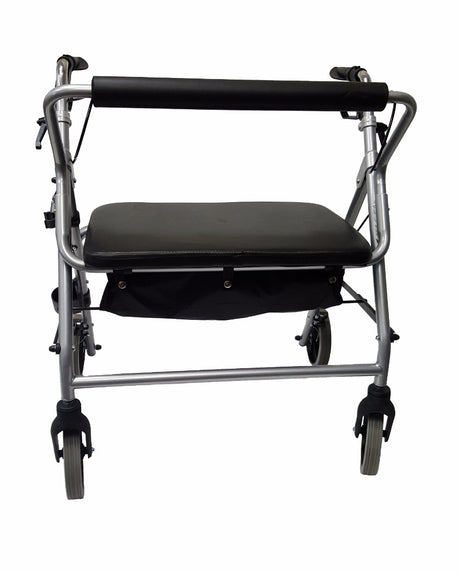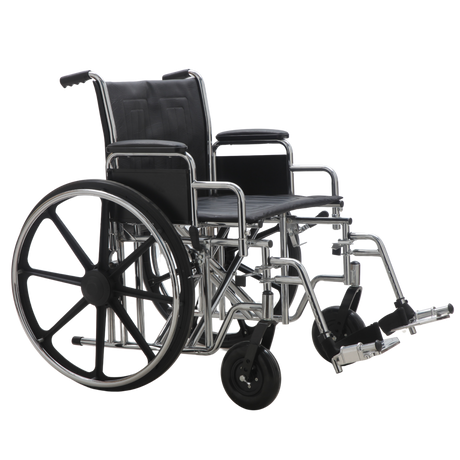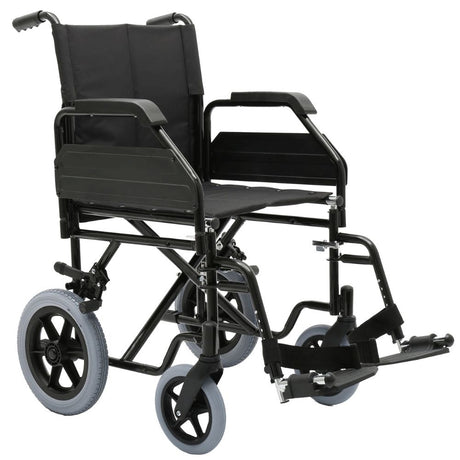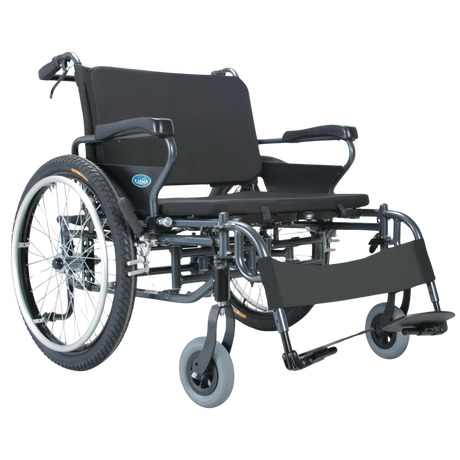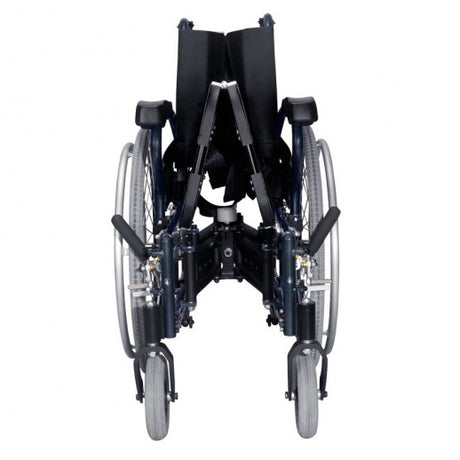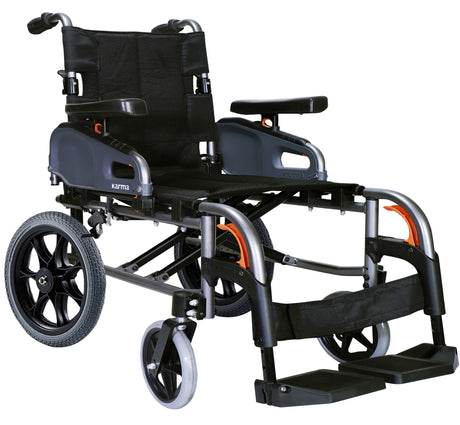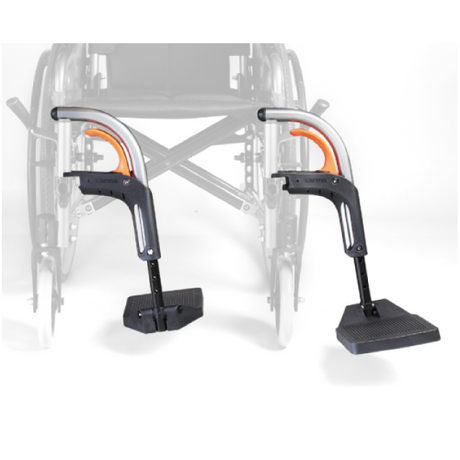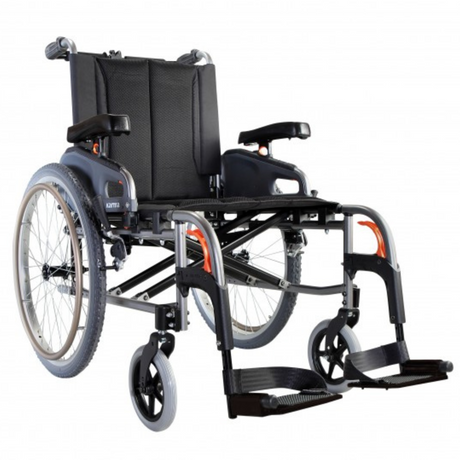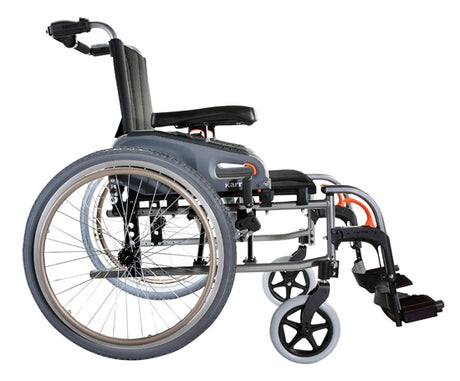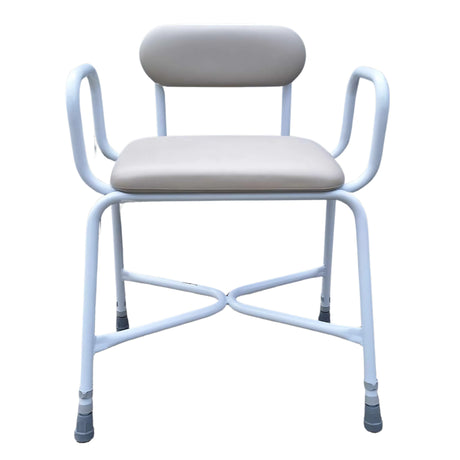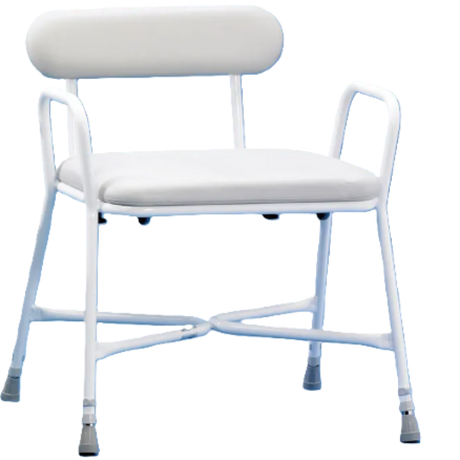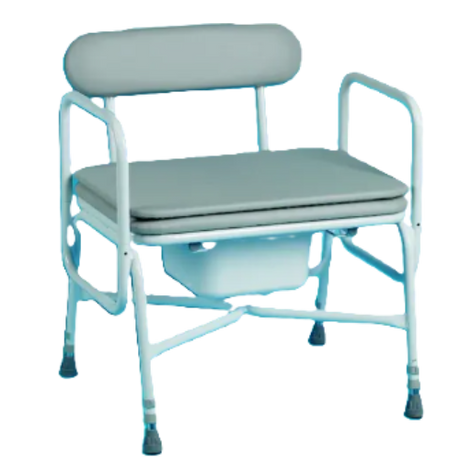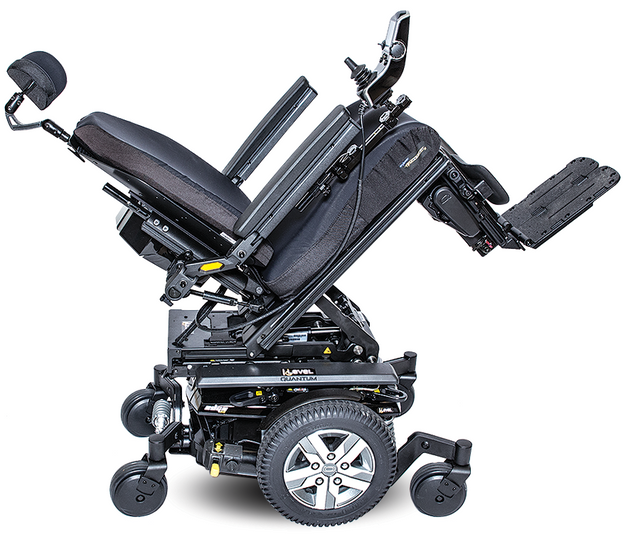Quantum TRU-Balance 3 HD
TRU-Balance 3 HD Power Positioning Systems offer the same quality and performance as TRU-Balance 3 Power Positioning Systems, but with increased weight capacities and expanded seating sizes.
Easy Returns Policy
Easy Returns Policy
Worried an item might not be right? Return your purchase in as new condition within 14 days and we will happily exchange the item or provide a refund for the cost of the item including the original shipping fee. Click here to view all returns information.
Online Delivery Rates
Online Delivery Rates
NZ Retail Purchases
$9 NZD flat fee
Free for orders over $500 NZD
AU Retail Purchases
$30 NZD flat fee
Wholesale Purchases
Shipping will be calculated after your purchase and added to your invoice.
Online Delivery Times
Online Delivery Times
Deliveries placed during the week before 2pm*
New Zealand
Auckland: Usually the next day!
Rest of North Island: 2 days
South Island: Approx 3 - 4 days
Rural deliveries can take 1-2 days in addition to the above
Australia
Approx 10 - 15 days
*Approximate timeframes given. Please note that for out-of-stock items and orders placed after 2pm or over the weekend, the shipping timeframes above will apply from the day of dispatch from our warehouse.
Click here to view all delivery and shipping information.
Give Us Feedback
Give Us Feedback
We'd love to hear what you have to say. If you would like to send us some feedback about our website, available products, our team or anything else, please complete our Feedback Form.
If you have a spare minute, we'd also love you to leave us a Google Review.
Funding Information
Funding Information
Click below for information on funding for New Zealanders.
Am I Eligible for Funding?
Self Funding
Description
Description
Configurations with a 204kg weight capacity include HD power tilt, HD power recline, and static seating. In addition, iLevel 10” power adjustable seat lift is available with a 181kg weight capacity on the Q6 Edge HD Power Chair, and 10” power adjustable safe seat elevation is available with a 181kg weight capacity on the 4Front 2 HD.
Compatible with Q-Logic 2 Electronics.
Specifications
Specifications
| Frame Warranty | 3 Years |
| Motor Warranty | 2 Years |
| Battery & Electronics Warranty | 1 Year |


